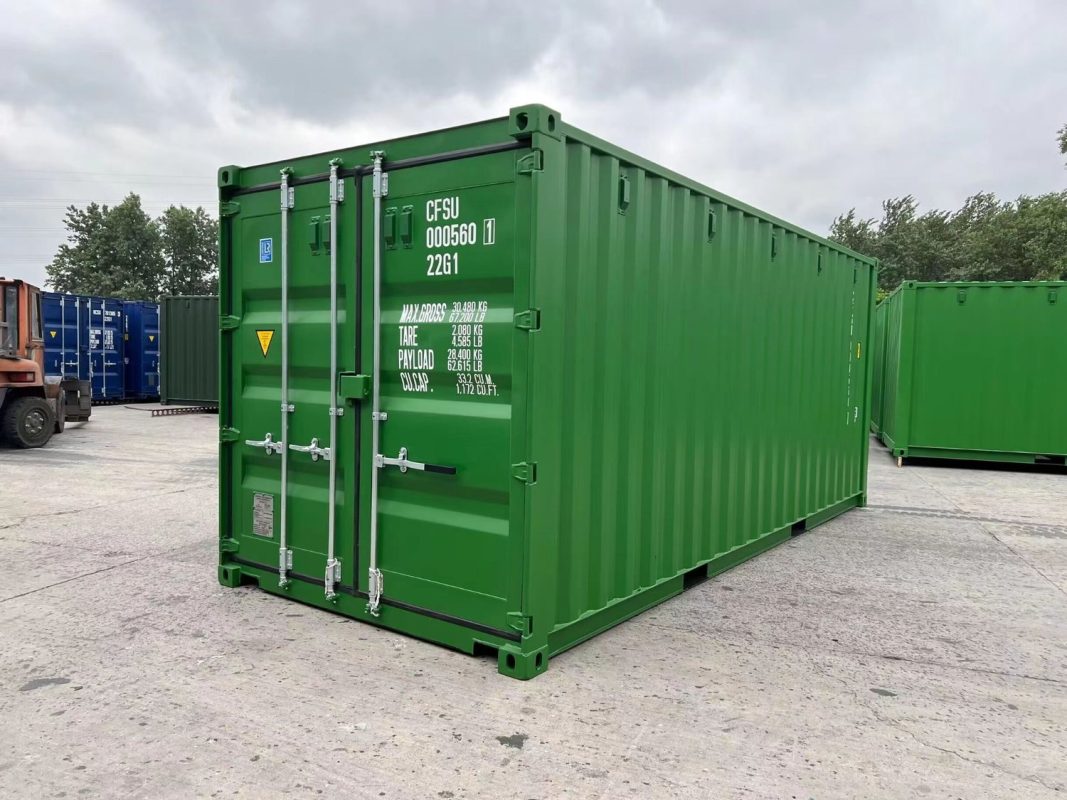Shipping Container Housing in Remote Locations: Benefits and Drawbacks

In recent years, shipping container housing has gained popularity as a cost-effective and sustainable solution for building homes in a variety of settings. For those living in remote locations, where traditional construction methods might be challenging due to logistical issues or harsh environmental conditions, shipping container homes present both unique benefits and potential drawbacks. This article explores the advantages and disadvantages of using shipping containers as housing in remote areas.
Benefits of Shipping Container Housing in Remote Locations
- Cost-Effectiveness
One of the primary benefits of using shipping containers for housing is their cost-effectiveness. Containers are often available at a fraction of the cost of traditional building materials. This is particularly advantageous in remote locations where transportation costs for conventional building supplies can be prohibitively expensive. By repurposing shipping containers, homeowners can save significantly on material costs.
- Durability and Strength
Shipping containers are designed to withstand harsh conditions at sea, including heavy loads, extreme temperatures, and strong winds. This inherent durability makes them well-suited for remote locations that might experience severe weather conditions or rough terrain. Their steel construction provides a robust and resilient structure that can handle various environmental challenges.
- Ease of Transport and Assembly
Shipping containers are designed to be transported efficiently by truck, train, or ship. In remote locations, where access may be limited, the ability to transport pre-fabricated units can be a significant advantage. The modular nature of containers also simplifies the assembly process, allowing for quicker setup compared to traditional construction methods.
- Sustainability
Repurposing shipping containers contributes to sustainability by reducing waste. Many containers that are no longer used for shipping can be transformed into homes, minimizing the need for new materials and reducing the overall environmental impact. Additionally, container homes can be designed with eco-friendly features such as solar panels, rainwater harvesting systems, and energy-efficient insulation.
- Customizability
While shipping containers have a standard size and shape, they offer a high degree of customizability in terms of layout and design. Interior spaces can be tailored to meet the specific needs of residents, and multiple containers can be combined to create larger living areas. This flexibility allows for creative and functional designs that suit the unique requirements of remote locations.
Drawbacks of Shipping Container Housing in Remote Locations
- Insulation and Temperature Control
One of the significant challenges with shipping container housing is managing insulation and temperature control. Steel containers can become extremely hot in the summer and cold in the winter, making it essential to invest in high-quality insulation to ensure year-round comfort. In remote areas where access to specialized materials or contractors might be limited, this can be a substantial hurdle.
- Limited Space
While containers can be combined to create larger living spaces, each individual container has limited square footage. This can pose challenges for families or individuals requiring more extensive living areas. Designing functional layouts within the constraints of container dimensions requires careful planning and may limit some design options.
- Ventilation and Air Quality
Proper ventilation is crucial for maintaining good air quality in shipping container homes. Containers can become stuffy and prone to mold growth if not adequately ventilated. In remote locations, where access to HVAC systems or regular maintenance might be challenging, ensuring effective ventilation can be problematic.
- Regulatory and Zoning Issues
Building codes and zoning regulations for shipping container homes can vary widely depending on the location. In remote areas, navigating these regulations might be challenging, and some jurisdictions may have strict requirements or restrictions regarding the use of shipping containers as dwellings. It’s essential to research and comply with local building codes to avoid potential legal issues.
- Initial Setup and Modifications
While containers are relatively inexpensive, the cost of modifying and outfitting them as livable spaces can add up. This includes expenses for insulation, plumbing, electrical work, and interior finishes. In remote locations, where access to skilled tradespeople and materials may be limited, these initial setup costs can become a significant concern.
Conclusion
Shipping container housing offers a range of benefits for remote locations, including cost-effectiveness, durability, and sustainability. However, potential drawbacks such as insulation challenges, limited space, and regulatory issues must be carefully considered. For those who weigh these factors and plan accordingly, shipping containers can provide a viable and innovative housing solution in even the most remote and challenging environments. As with any housing option, thorough research and thoughtful planning are key to successfully integrating shipping container homes into remote locations.

